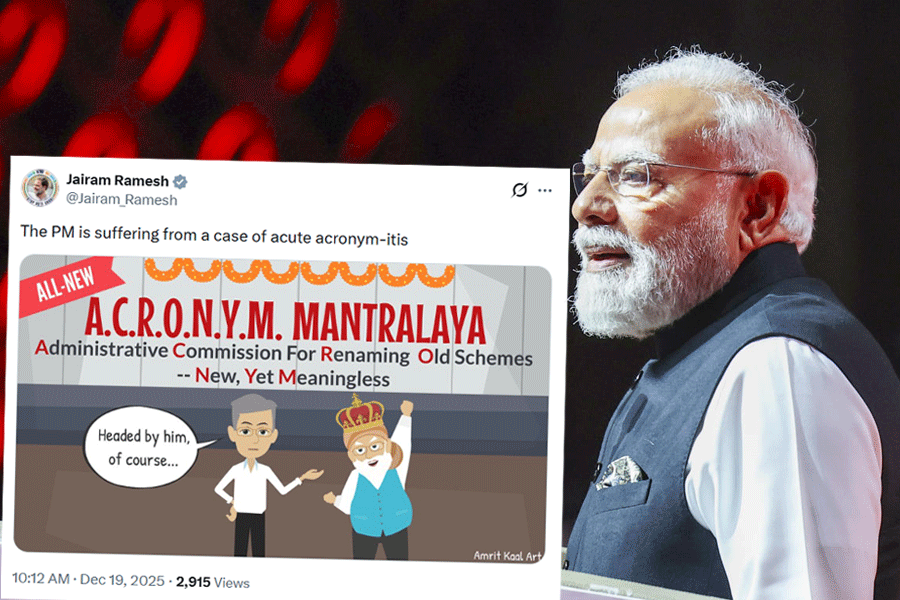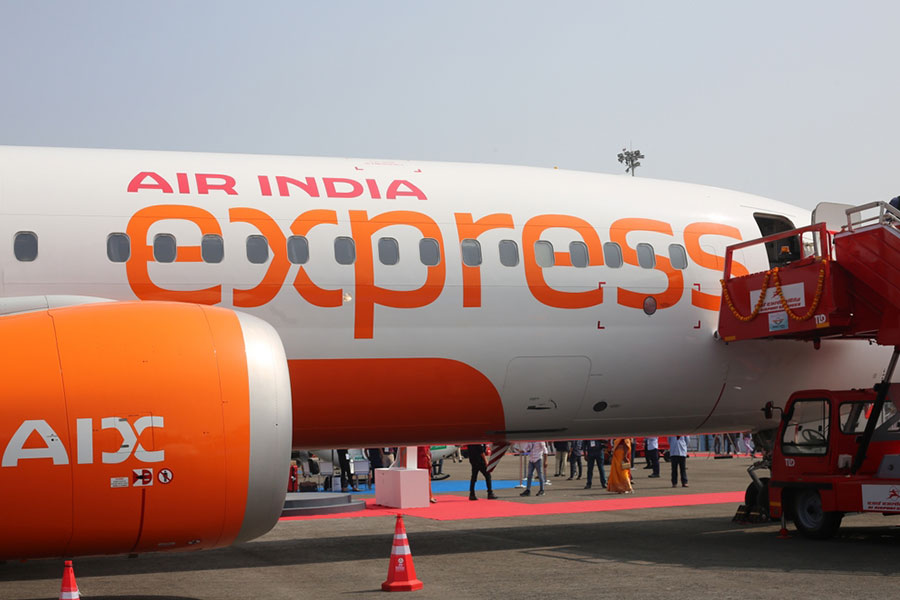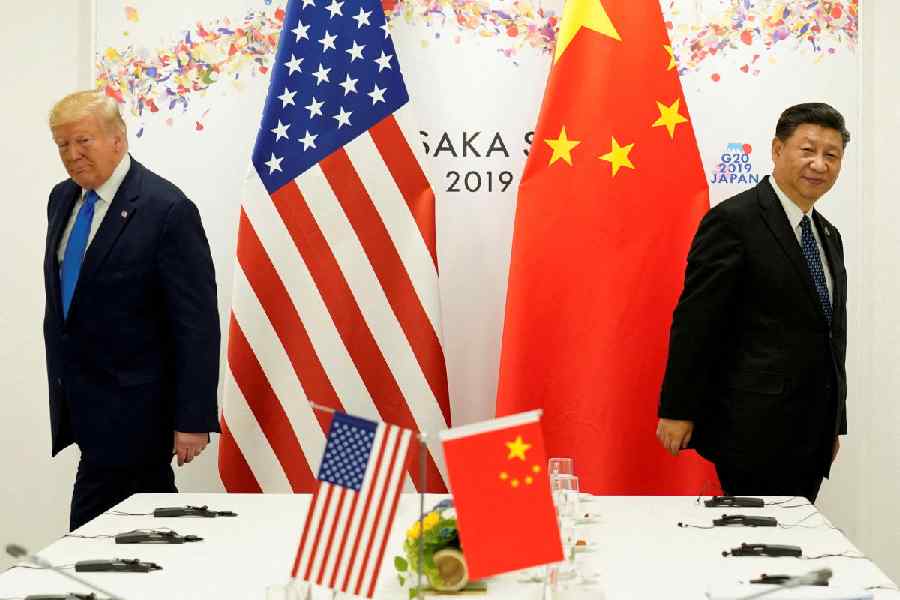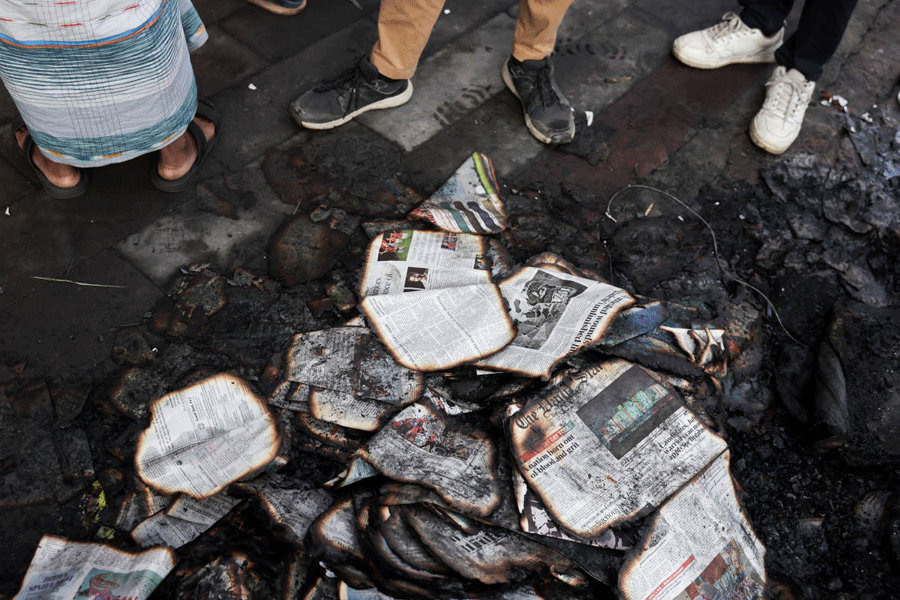 |
Managing director, Turtle Ltd Sanjay Jhunjhunwala, the managing director of branded garment manufacturer Turtle Ltd, has had ups and downs like any other businessman. His venture nearly failed once. But he learnt his lessons well. He?s been doing that for a long time.
?My academic record is rather ordinary so I knew pretty early that my future lay in business,? says Jhunjhunwala. ?I was an average student and did my BCom from St Xavier?s College, Calcutta. I had joined our textile retailing business when I was just 16. So, by the time I passed out of college, I was pretty used to shouldering responsibility.
?Handling a business is not an easy task, particularly for someone barely out of his teens. But I had to take the plunge as my father was getting old and someone had to take charge.
?Till 1993, my career was pretty uneventful. I kept on doing the same retailing job. Then my brother was ready to join the business and we felt the need to diversify.
?I knew the textile trade quite well so I thought of creating a brand of our own. We launched Turtle almost silently and without any ambitious plans. Initially, we manufactured just 20 shirts a day. The investment was just Rs 6 lakh. Even if it failed, we had our retail business to fall back on. But very soon Turtle made us change our plans.
?In the very first year our turnover touched Rs 27 lakh. There was no big secret behind the success. At that time there were no major players in the east. Very few companies had their own production facilities due to labour trouble. The industry was quite fragmented.
?Before our launch, we had sought the advice of companies like Hoffmen and Moustache who said we should not set up our own factory; we should manufacture designer shirts. We did just the opposite. You need to take risks to succeed in business.
?Having our own factory might have backfired but luckily there was no major hassle. Somehow, I felt we could fill the gap that existed in the market and establish Turtle as a major brand. But I was not in a hurry to do that. First, the functioning of the local industry had to be regularised.
?Dealers called the shots here in the absence of any major manufacturer and I wanted to reverse the trend. Gradually, we penetrated the market in the east, eating into the share of our competitors. Luckily for us, most of them were on the decline.
?As a company, we had a long-term focus rather than trying to maximise profits when the going was good. Fortunately, our dealers believed in our policy and stuck with us even when the chips were down. Most of our profits were ploughed back into the business. Thus, we invested in sophisticated machinery, software and manpower while our rivals were still stuck with antiquated equipment and methods. Our growth curve was unbelievably steep.
?Disaster struck in 2001 when a 16 per cent excise was slapped on garment manufacturers. It hit us hard. Sales stagnated. We were forced to hike prices but customers were unhappy. The business was in dire straits and closure seemed a distinct possibility. What helped us survive was some clever thinking and the dealers? trust in us.
?I realised we needed a new initiative. So, prices were brought down and the brand was re-launched. In 2003, Turtle was reborn with a new logo and packaging, supplemented by an advertising campaign that promoted the brand as one for the young and upwardly mobile. The idea clicked.
?Since 2003 we have been growing at a rate of 30 per cent. We have 10 showrooms all over India with two more coming up in Calcutta. The future looks exciting with a collaboration with a UK brand in the pipeline.?
The going looks very good now. This turtle is unlikely to turn turtle again.











